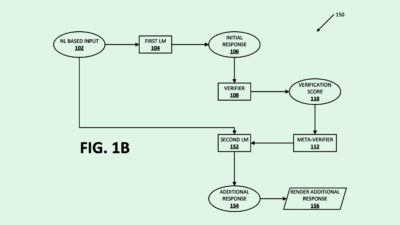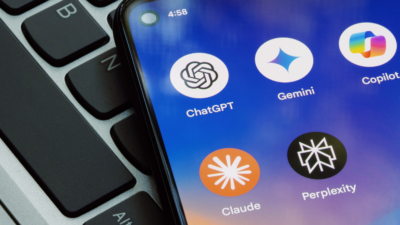Weighing the Risk-Reward Ratio of ‘Vibe Coding’
“Now you can have the support of AI to help you navigate.”

Sign up to get cutting-edge insights and deep dives into innovation and technology trends impacting CIOs and IT leaders.
Who said coding couldn’t be fun?
As AI coding companions flood the market, so-called “vibe coding” has taken the tech world by storm. The tools have allowed developers to create code from natural language prompts, rather than writing it themselves, permitting easier prototyping and development with more creative freedom. They don’t come without risk, however, experts told CIO Upside.
“You don’t necessarily have to approach coding as before, in which you have to plan how you’re going to design something and figure out all the steps beforehand,” said Alejandro Castellano, CEO of Caddi. “Now you can have the support of AI to help you navigate.”
While that support can lead novice developers astray with hallucinations, many firms are fixating on AI-powered coding tools to generate returns on their eye-popping AI investments:
- Anysphere, the developer of the popular coding app Cursor, was reportedly in talks to raise funding at a valuation of nearly $10 billion in March.
- And after toying with the idea of buying Anysphere, OpenAI announced last week that it would instead acquire its competitor, AI coding platform Windsurf, for $3 billion.
- Though major commercial AI models can write code with ease, these tools in particular offer an easy workflow integration that typical chatbots don’t have, said Castellano. “The success is in making that interaction with developers seamless.”
It makes sense that tech firms and enterprises are drawn to vibe coding: The tools give developers the ability to automate large portions of tedious grunt work that would otherwise take hours, said Denis Ignatovich, co-founder and co-CEO of Imandra. For novice developers, meanwhile, the tech lowers the barrier to entry for coding. “It offers the ability to get something working really quickly,” said Ignatovich.
It also allows more advanced developers to play around a bit, since AI tools can offer multiple ways to solve a problem before users have to do the work themselves, Castellano said. “It most benefits people that have good engineering experience,” he added. “This just makes them way faster.”
But the vibes aren’t all of the “feel good” sort. If used to write large amounts of code, models may hallucinate an output with pitfalls that put your enterprise’s data and systems at risk, Castellano warned.
Because of that, they can be a double-edged sword when wielded by novices, said Castellano: Inexperienced developers may not be able to see the risks as they come up, and may trust the outputs blindly.
“If you’re expecting to have production-level software just by vibe coding, without having the right experience, that’s quite dangerous,” he said. “How are you making sure that your system actually protects data the way it should?”
It’s why the best use cases for AI coding companions aren’t production-level or critical context coding, said Castellano, but rather prototyping and experimentation. “It’s really useful for getting something out there and putting your vision onto a screen.”











